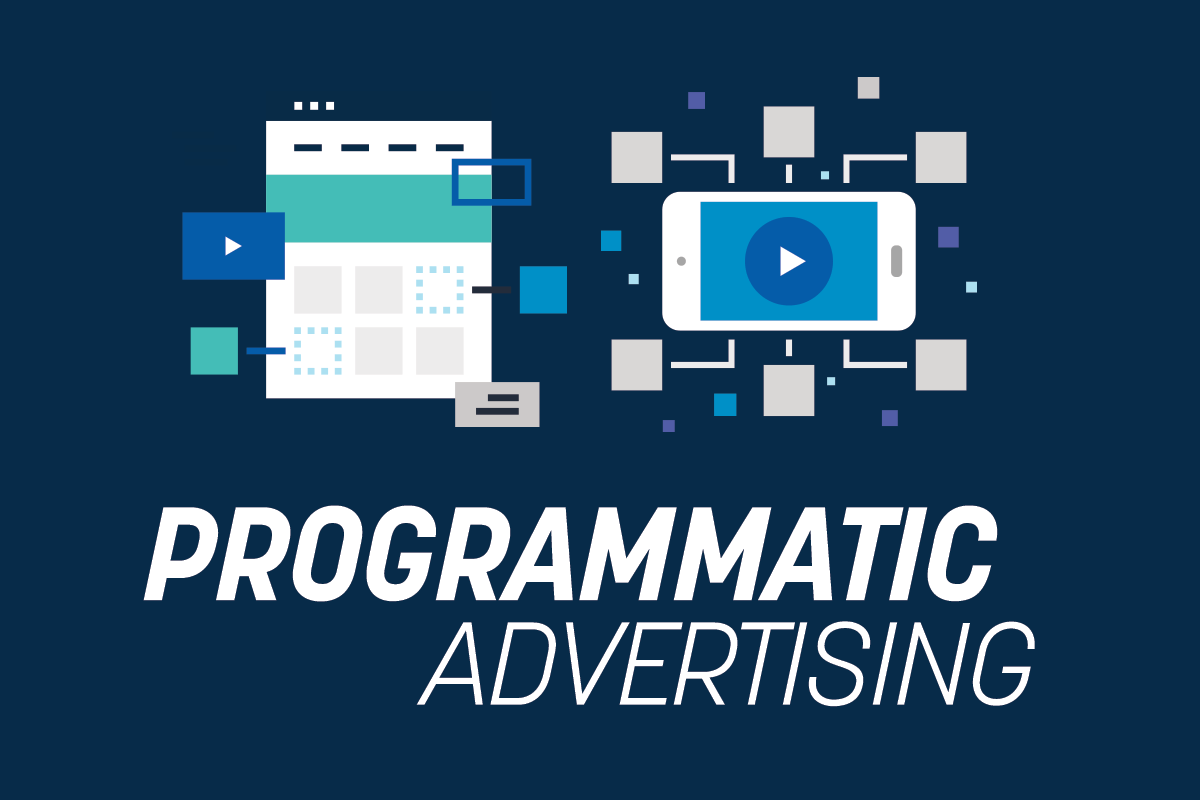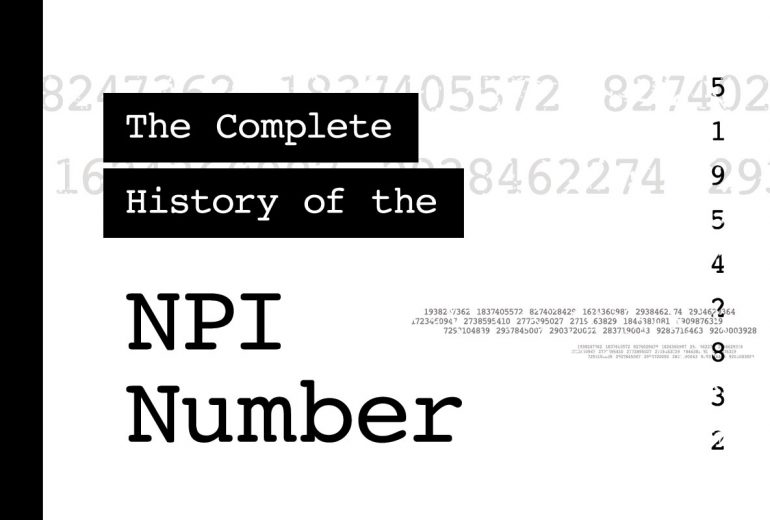Although it’s old news to marketing teams in basically every other industry, when it comes to pharma marketers, these days everyone’s favorite topic is programmatic. Despite advances in the sophistication of digital healthcare marketing, there is still plenty of mystery around what exactly this powerful new ad-buying tool is – especially among HCP-focused marketing teams.
At my Digital Pharma East talk in October, I discussed identifying the right balance of scale efficiencies and targeting accuracy to drive Rx lift. For those who may have missed the talk, I wanted to share some insights into how HCP marketers can maximize value when buying programmatically.
Sure, pharma marketers were late to embrace programmatic advertising platforms, but that stance is changing rapidly. With the help of data and automation, results and success outcomes are being driven and measured at significant scale.
Specifically, marketers with an HCP-focus benefit from various data platforms that enable deterministic targeting and traceability of marketing spend, down to the physician level.
Pharma has fully embraced data and automation in other areas of their business, and we’re seeing signs that programmatic media buying adoption will follow rapidly. In 2016, pharma digital marketing spend dedicated to programmatic marketing platforms was estimated to be as little as 8%. That’s in stark contrast to other industry verticals, like retail, where the overwhelming majority of spend flows through programmatic platforms and has for years.
Fast-forward to 2018 and the majority of HCP-focused agencies are requesting that proposal responses include advertising solutions enabled by programmatic platforms.
The automation and scale provided by programmatic marketing platforms mean that marketers and their agencies can spend less time manually implementing media campaigns that may or may not reach the right targets, and more time analyzing outcomes and optimizing performance for campaigns that only reach desired targets. A simplified view of how programmatic allows HCP marketers to do this can be broken down into two categories:
- Deterministic targeting and traceability
- Audience scale and reach
Individual identity is the basis of deterministic targeting, which leverages a one-to-one methodology – this contrasts with probabilistic targeting methodologies, which aggregate data and model a statistically likely segment assignment for a group of individuals.
Deterministic targeting is the essential methodology for marketers that require precision in delivering their message. HCP focused marketers need this capability to ensure that clinically sensitive messages are delivered to the explicit HCP target, and that campaign spend allocated to premium, endemic environments can be linked to business outcomes.
As for scale and reach, programmatic has always fulfilled that promise for marketers. Thanks to automation and interconnected inventory made available through programmatic exchanges, marketers now have access to virtually any high-value audience – if they know how to pull the right levers.
Within this opportunity lies a challenge: achieving a proper balance between scale and the right mix of deterministically targeted inventory to drive results in real time. That challenge is met by working with the right partners – where the best partners offer verified HCP audience data, the basis for driving efficient targeting and traceable outcomes.




